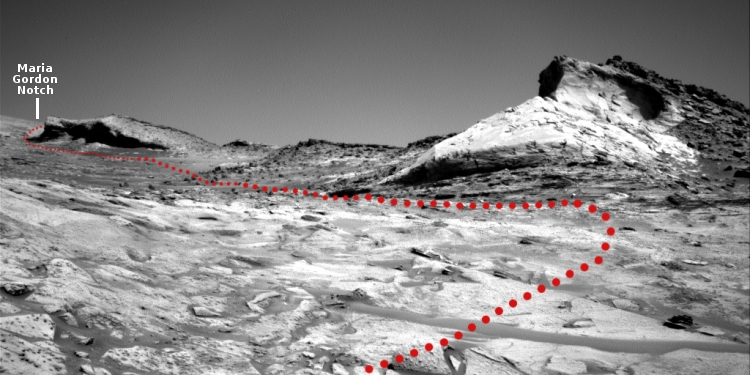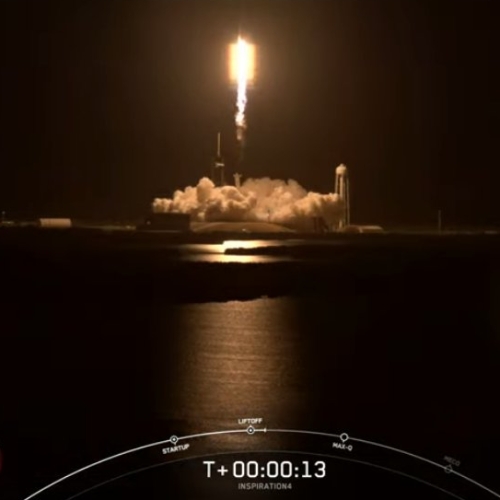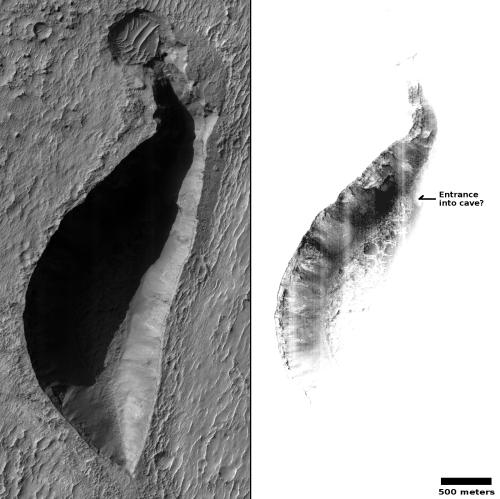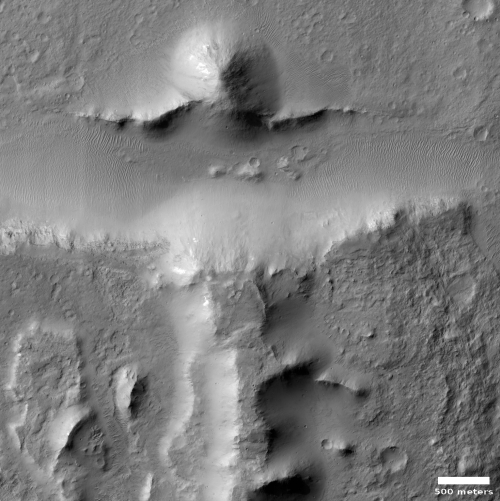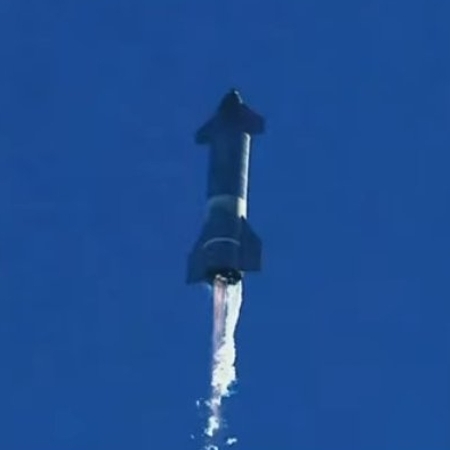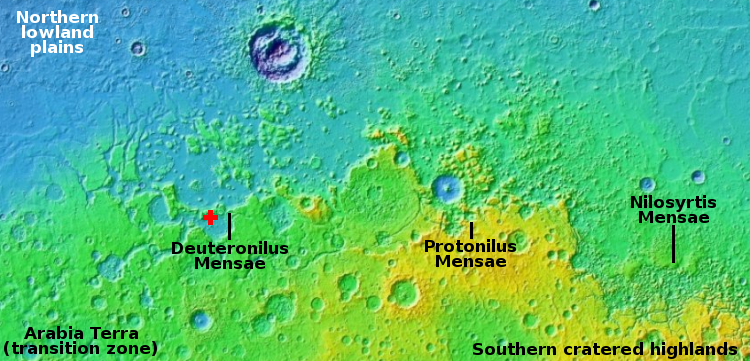India signs deal with private rocket startup
Capitalism in space: India’s new Department of Space, dedicated to encouraging the growth of a private commercial and independent Indian space industry, has signed a deal with the private rocket startup, Agnikul Cosmos, to give it access to government space facilities as it develops its own smallsat rocket.
Indian startup Agnikul Cosmos signed a framework memorandum of understanding (MOU) with India’s Department of Space on Friday for access to ISRO facilities and expertise for the development of its two-stage small-satellite Agnibaan launch vehicle.
“The Framework MoU…will enable the company for undertaking multiple tests and access facilities at various ISRO centers for testing and qualification of their single piece 3D printed Semi Cryo engine and other systems. The MoU also enable Agnikul to avail technical expertise of ISRO for testing and qualifying their space launch vehicle systems and subsystems,” ISRO said in a press release.
The company has raised more than $14.1 million in investment capital, and hopes to complete the first launch of its Agnibaan rocket by ’22.
Capitalism in space: India’s new Department of Space, dedicated to encouraging the growth of a private commercial and independent Indian space industry, has signed a deal with the private rocket startup, Agnikul Cosmos, to give it access to government space facilities as it develops its own smallsat rocket.
Indian startup Agnikul Cosmos signed a framework memorandum of understanding (MOU) with India’s Department of Space on Friday for access to ISRO facilities and expertise for the development of its two-stage small-satellite Agnibaan launch vehicle.
“The Framework MoU…will enable the company for undertaking multiple tests and access facilities at various ISRO centers for testing and qualification of their single piece 3D printed Semi Cryo engine and other systems. The MoU also enable Agnikul to avail technical expertise of ISRO for testing and qualifying their space launch vehicle systems and subsystems,” ISRO said in a press release.
The company has raised more than $14.1 million in investment capital, and hopes to complete the first launch of its Agnibaan rocket by ’22.

